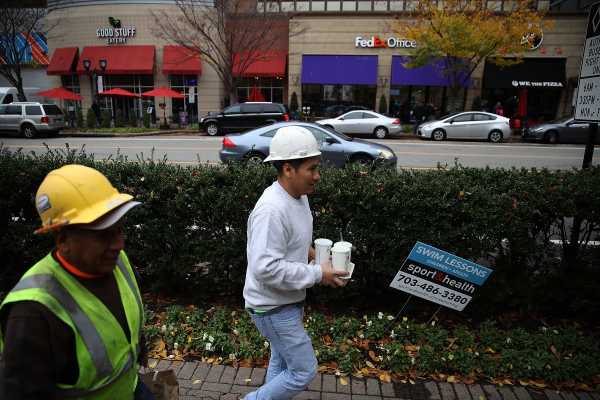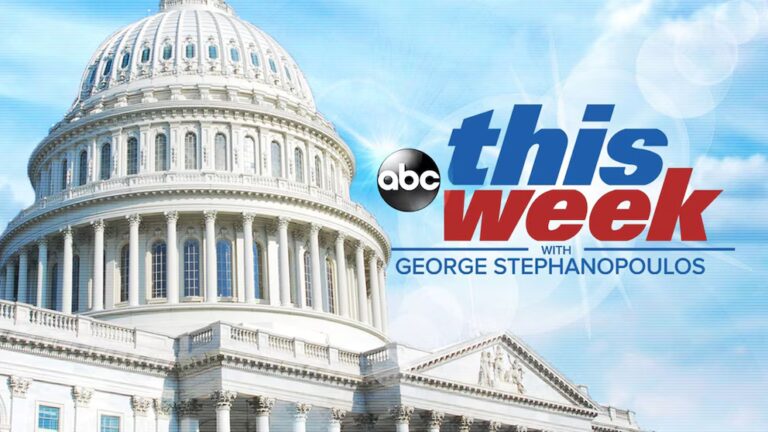
You may have heard by now that Amazon has picked the location for its much-anticipated East Coast headquarters, a.k.a. HQ2. And that it’s actually not one location, but two: New York City and suburban Washington, DC.
Amazon CEO Jeff Bezos has pitted cities and states against each other to see who would give away the most tax breaks to his company in exchange for the 50,000 promised jobs. On Monday, the company announced that it would split the jobs between New York City and northern Virginia, and taxpayers finally learned the price tag: $2 billion in subsidies.
Such a massive giveaway did not sit well with everyone, not only because of the cost to taxpayers but because the entire bidding process happened without any public input. It also raised concerns about how Amazon’s arrival would make two expensive regions even less affordable for middle-class and low-income families.
Others applauded the decision, citing the economic boost that would come with 25,000 jobs in each region over the next 12 years. But even that claim seems dubious given the tight labor market. Which leads me to my next point: The US economy doesn’t need more Amazon jobs.
At the height of the Great Recession, when unemployment was at 10 percent, creating local jobs and attracting businesses were the top priorities for elected officials, as it should have been. But that’s not the case anymore in most urban areas. Only places with higher-than-average unemployment, such as Detroit, need to focus on jobs. Otherwise, the economy is growing, and unemployment is at a record low. What the US economy needs more than anything is for wages to rise. Pay workers more, and they will spend more.
Amazon will need to take workers away from other employers
In its announcement, Amazon said the reason it picked New York City and suburban Washington, DC, was because that’s where it can find tech workers.
“We were looking for a location with strong local and regional talent—particularly in software development and related fields—to continue hiring and innovating on behalf of our customers,” the company wrote in a blog post published Tuesday.
Finding that talent is also going to be the biggest challenge for Amazon.
Let’s focus on Washington, DC, first. Bezos has made it clear that he wants Amazon to be a big player in the defense industry, and is one of several companies that submitted bids to the Pentagon for a massive $10 billion military cloud computing contract known as Project JEDI. (Competitors argue that the contract was unfairly designed to favor Amazon.)
The Seattle-based company said it will be hiring software engineers, managers and business professionals in its new locations. But unemployment in the Washington, DC, metro area is pretty low: 3.3 percent. In such a tight labor market, it will be hard to fill 25,000 positions.
Demand for tech workers in the nation’s capital is already high. A casual search of the job site Indeed.com shows 19,000 job openings in the information technology field, largely in the defense industry and federal government. That’s good for the economy, but challenging for employers. These are the main options for Amazon: Try to find tech workers from other parts of the country to relocate to Washington, DC, sponsor temporary foreign workers, or try to poach local workers.
The easiest option, obviously, is to hire locally. And in the nation’s capital, the biggest tech employers are defense contractors and the US government (Pentagon, CIA, FBI). If Amazon can woo workers away from contractors like Booz Allen Hamilton, good for them. But if Booz Allen can’t find someone to replace that employee, which is highly likely in this job market, then Amazon didn’t really create a new job. And if Amazon is getting tax breaks based on the number of jobs it brings to the area, will it get those tax breaks for jobs taken from another local employer?
That’s unclear based on details of the bids reported so far.
A spokesperson for Arlington County, Virginia, where Amazon plans to open its office, said government officials don’t think it will be hard to find workers for everyone.
“First, Amazon’s workforce will scale in very gradually — over a 12 year period. There won’t be a sudden influx of more people or a sudden overnight need for thousands of highly skilled workers. It’s a very gradual ramp up,” she wrote in an email to Vox, pointing out that the deal includes a state investment in STEM education.
Vox reached out to Amazon for official comment, but they hadn’t responded as of publication time.
If it is hard to find IT workers in the nation’s capital, that’s a national security issue. Amazon will likely try to lure away tech workers from the US government, including the military, law enforcement, and intelligence agencies, which have a high concentration of jobs in the area where Amazon wants to open its headquarters.
The potential talent drain from government agencies that are responsible for our national security needs to be closely examined, since the pool of high-skilled workers with security clearances is even smaller than the overall IT labor force.
If Amazon can create 25,000 entirely new jobs in northern Virginia, then HQ2 will employ nearly the same amount of people as the Pentagon. That would certainly boost local tax revenues and create an economic boom in the area — while also making it even more unaffordable for middle-class and low-income families.
But in today’s economy, cities and states shouldn’t be so obsessed with creating more jobs. There are plenty of jobs in urban areas like Washington, DC. Raising wages, which would also boost consumer spending and raise tax revenues, is the most pressing issue.
Slow wage growth is the biggest problem in the US economy
Sluggish income growth remains one of the most persistent problems in the US economy, which is otherwise doing quite well. Unemployment is down, corporate profits have soared, and the economy is growing faster than it has in more than a decade. But wages are barely keeping up with inflation.
Wages rose about 2.9 percent between September 2017 to September 2018, according to the Labor Department. That’s the biggest increase since 2008, and yet that’s not really good news, because it doesn’t take inflation into account. In the past year, prices have been rising, so paychecks have to stretch further. When inflation is taken into account, workers’ wages only grew by 0.6 percent within the past year.
Frustration over stagnant wages is the underlying factor behind widespread workers’ strikes across the country. In addition, congressional Republicans had promised that their massive corporate tax cuts would help the average worker, but the gains have been meager.
Raising the minimum wage is one solution that has strong bipartisan support among voters. In the recent midterm elections, voters in Missouri and Arkansas overwhelmingly approved ballot measures that will raise the minimum wage for nearly 1 million workers across both states. They will join nearly two-dozen other states that have raised the minimum wage in recent years.
That includes Arizona, Colorado, and Maine, which boosted their minimum wage this year to about $10 an hour, and it will reach $12 an hour by 2020. Next year, House Democrats plan to push for a $15 minimum wage.
Business groups have long opposed raising the minimum wage because it raises labor costs. That’s true, but raising wages in general also boosts consumer spending, which helps those businesses and the local economy, while also raising tax revenue.
There is also a long-running debate over whether raising the minimum wage leads businesses to cut jobs or scale back hours. Research results are mixed. Economists have found either no impact at all, or a slight negative impact for some workers. But in 2018, unemployment or lack of job opportunities is not a problem. Working families need more money to spend.
Sourse: vox.com






